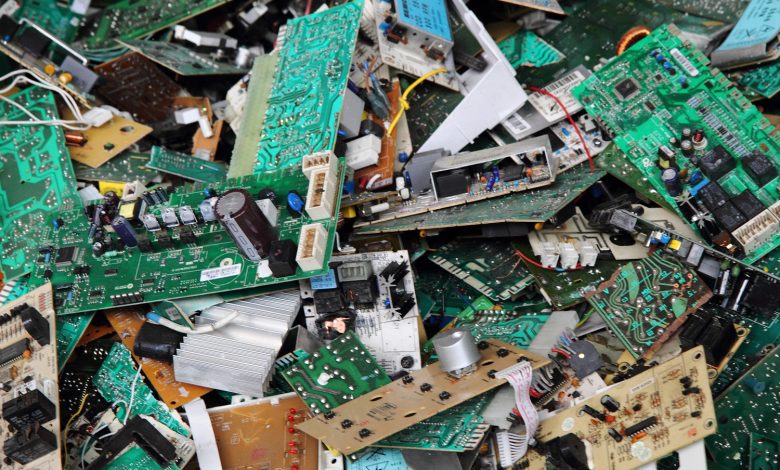
A not so green cryptocurrency?
While bitcoin's carbon footprint is well researched, less attention has been paid to the vast abandonment of cryptocurrency-fueled computer hardware. Specialized computer chips called ASICs are sold for no other purpose than to run the algorithms that protect the bitcoin network, a process called mining that rewards those who participate with bitcoin payments. But since only the newest chips are energy efficient enough to mine profitably, miners must constantly replace their ASICs with newer, more powerful ones.
"The lifespan of bitcoin mining devices remains limited to just 1,29 years," write researchers Alex de Vries and Christian Still in the article "The Growing Problem of Bitcoin E-Waste" published in Resources, Conservation and Recycling magazine.
“As a result, we estimate that the entire bitcoin network currently uses 30,7 metric kilotons of equipment per year. This number is comparable to the amount of small waste of IT and telecommunication equipment produced by a country like the Netherlands ”.
Could the ASICs be reused in the future?
According to economists, the bitcoin network processed 2020 million transactions in 112,5 (compared to 539 billion processed by traditional payment service providers in 2019), which means that every single transaction "equates to at least 272 g of electronic waste. ". This is the weight of two iPhone 12 mini.
The reason e-waste is such a problem for cryptocurrency is that, unlike most computer hardware, ASICs have no alternative use other than bitcoin mining, and if they cannot be used to mine bitcoin profitably, they have no future purpose. It is theoretically possible that these devices regain the ability to trade profitably at a later date if bitcoin prices suddenly rise and increase mining revenue, the authors note.
“However, there are several factors that generally prevent a substantial extension of the lifespan of mining devices,” they add. Storing mining hardware costs money, and the longer it is stored, the less likely it is to be profitable.
The authors also warn that the e-waste problem is likely to increase further if the price of bitcoin continues to rise, as it will incentivize further investment and the replacement of ASIC hardware.
If the community were to try to reduce its e-waste problem, the paper concludes, it would have to replace the bitcoin mining process in its "entirety with a more sustainable alternative" and the document suggests the "proof of stake". Ethereum, the successor of bitcoin (here the quotation of cryptocurrencies in real time), announced in May its intention to move to proof of stake within a few months, although the move has yet to take place.
